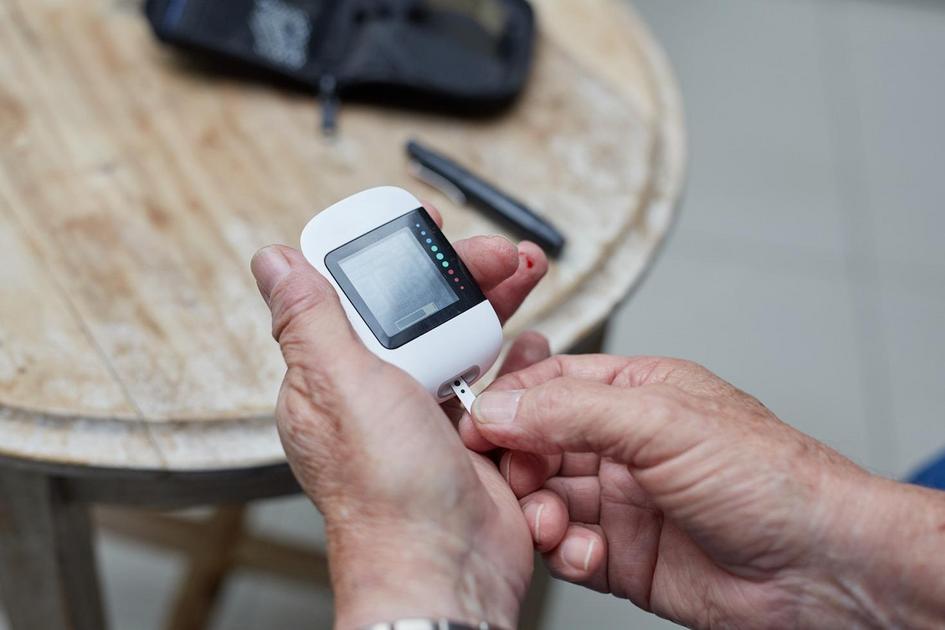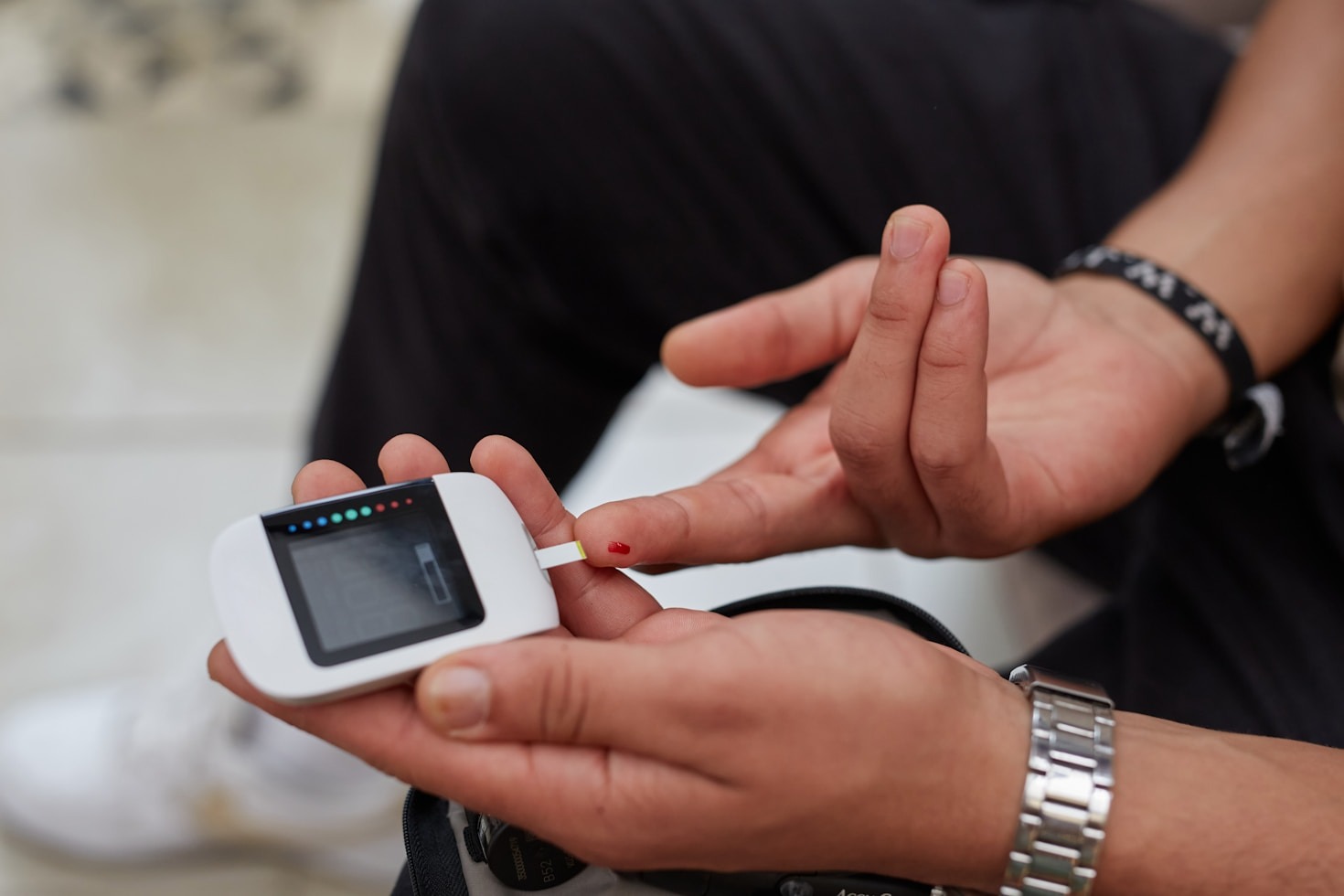Managing sugar swings is crucial for women over 30. As life brings challenges like fatigue and hormonal changes, proven ways to manage sugar swings with diet and lifestyle can significantly improve your well-being. In this article, we’ll uncover practical strategies that can help you regain control over your energy levels and emotions.
Understanding Sugar Swings and Their Impact on Health
Sweet or sour, sugar swings can create a rollercoaster of emotions and energy levels throughout our day. For women over 30, these fluctuations can lead to feelings of fatigue, anxiety, and even insomnia. Understanding the dynamics of sugar swings helps in deciphering how they affect our bodies, emotions, and overall well-being.
When we consume foods high in sugar, our blood sugar levels spike dramatically. This quick rise often leads to a corresponding drop, leaving us feeling drained and irritable. Over time, these frequent swings can contribute to serious health issues like weight gain, hormonal imbalances, and increased risk of chronic diseases. Not only does this ebb and flow affect our physical state, but it also impacts our mental health, and for many women, this presents daunting challenges.
The Role of Diet in Stabilizing Blood Sugar Levels
A well-balanced diet is a powerful ally in managing sugar swings. It’s about choosing the right foods that will keep our blood sugar levels steady rather than allowing them to spike and crash. A diet rich in fiber, healthy fats, and lean proteins can help to slow down the absorption of sugars into the bloodstream, preventing those dreaded walls of fatigue.
Incorporating complex carbohydrates like whole grains, legumes, and vegetables into your meals provides lasting energy. You’ll find that instead of reaching for a sugary snack, you’ll feel satisfied for longer when you choose foods that digest slowly. Keeping your plate colorful with a variety of nutrient-dense foods truly makes a difference.
Essential Foods to Include in Your Daily Meals
Let’s explore some essential foods that can help promote stable blood sugar levels:
- Leafy Greens: Spinach, kale, and Swiss chard are low in carbohydrates and high in essential nutrients.
- Whole Grains: Quinoa, brown rice, and oats offer fiber and slow-release energy.
- Nuts and Seeds: Almonds, chia seeds, and flaxseeds provide healthy fats and proteins.
- Protein Sources: Choose lean poultry, tofu, and fish for their ability to satisfy hunger.
- Low-Glycemic Fruits: Berries and apples are excellent choices that won’t cause sugar spikes.
How to Create a Balanced Meal Plan for Steady Energy
Crafting a balanced meal plan requires both thoughtful preparation and an understanding of your body’s needs. Start by planning your meals and snacks around your busy schedule. Here’s how:
- Start with Breakfast: A high-fiber breakfast with protein can keep you focused. Consider oatmeal topped with nuts and berries.
- Plan Mid-Morning Snacks: Keep snacks handy — think baby carrots with hummus or a handful of nuts.
- Include Lunch and Dinner Proteins: Make sure that each meal has a protein source paired with vegetables.
- Don’t Skip Meals: Eating regularly helps to maintain energy levels. No more skipping breakfast for busyness!
The Importance of Hydration in Managing Sugar Levels
Did you know that dehydration can also lead to sugar swings? Staying adequately hydrated is often overlooked but plays a vital role in blood sugar regulation. Water helps to transport nutrients and flush out excess sugars from the bloodstream.
Make it a habit to sip water throughout the day. Infusing it with slices of lemon or cucumber can make hydration enjoyable and refreshing. Aim for at least 8 cups daily, but adjust according to your activity level.
Mindful Eating: A Powerful Tool Against Sugar Cravings
In a world filled with distractions, mindful eating encourages us to be present during meals. This practice can help you reconnect with your body’s needs and signals. Here are some ways to incorporate it into your routine:
- Eat Slowly: Take time to chew your food, savor the flavors, and appreciate each bite.
- Listen to Your Body: Pay attention to hunger and fullness cues. Eating when you’re hungry and stopping when you’re satisfied helps to prevent overindulgence.
- Avoid Distractions: Put away phones or turn off the TV. Set the stage for a peaceful meal environment.
Lifestyle Changes to Support Blood Sugar Regulation
Sometimes, it’s the small lifestyle changes that yield the most significant results. Integrating new habits can take time, but persistence pays off:
- Prioritize Sleep: Aim for 7-9 hours of quality sleep. Sleep deprivation can lead to sugar cravings and increased stress hormones.
- Manage Stress: Incorporating relaxation techniques, such as yoga or meditation, can lower your body’s stress response, which is often linked to sugar swings.
- Routine Check-ups: Regular visits to a healthcare provider can help to identify hormonal imbalances.
The Link Between Stress and Sugar Swings
Stress and sugar swings have a complicated relationship. When we are stressed, our body produces higher levels of cortisol, which can spike blood sugar levels. It leads to that cycle of cravings for sweet things to cope with stress.
Finding healthy ways to manage stress is crucial. Activities that bring you joy, whether it’s gardening, painting, or simply taking a walk, can lower stress levels and, in turn, help regulate blood sugar. Indulging in your hobbies allows you to reconnect with yourself and can significantly alleviate feelings of anxiety.
Incorporating Movement to Balance Sugar Levels
Physical activity is not just beneficial for maintaining a healthy weight; it plays a pivotal role in managing blood sugar levels. Regular movement helps the body use insulin more efficiently, which means lower sugar levels.
Start with small changes. Consider:
- Taking Walks: A simple 20-minute walk post-meals can help stabilize sugar levels.
- Find Activities You Love: Dance classes, cycling, or yoga can make it easier to stay active.
- Strength Training: Incorporating resistance exercises a few times a week helps improve insulin sensitivity.
Turning Challenges into Triumphs: Success Stories
Many women have faced the daunting challenges of sugar swings and have successfully found their path to steadier energy and improved health. Take Anna, who struggled with energy dips and cravings. By incorporating balanced meals, staying hydrated, and integrating mindfulness into her eating habits, she transformed her relationship with food.
Stories like Anna’s are inspiring. They remind us that even small changes can lead to significant improvements. Women just like you have found success through patience, dedication, and a simple step-by-step approach to their diet and lifestyle choices.
Remember, it’s absolutely possible to manage sugar swings and enhance your overall well-being. Embrace the journey and know that you are not alone; many are walking the same path. Discover effective strategies and solutions by taking that first step today! Your journey to better health is just a click away!










